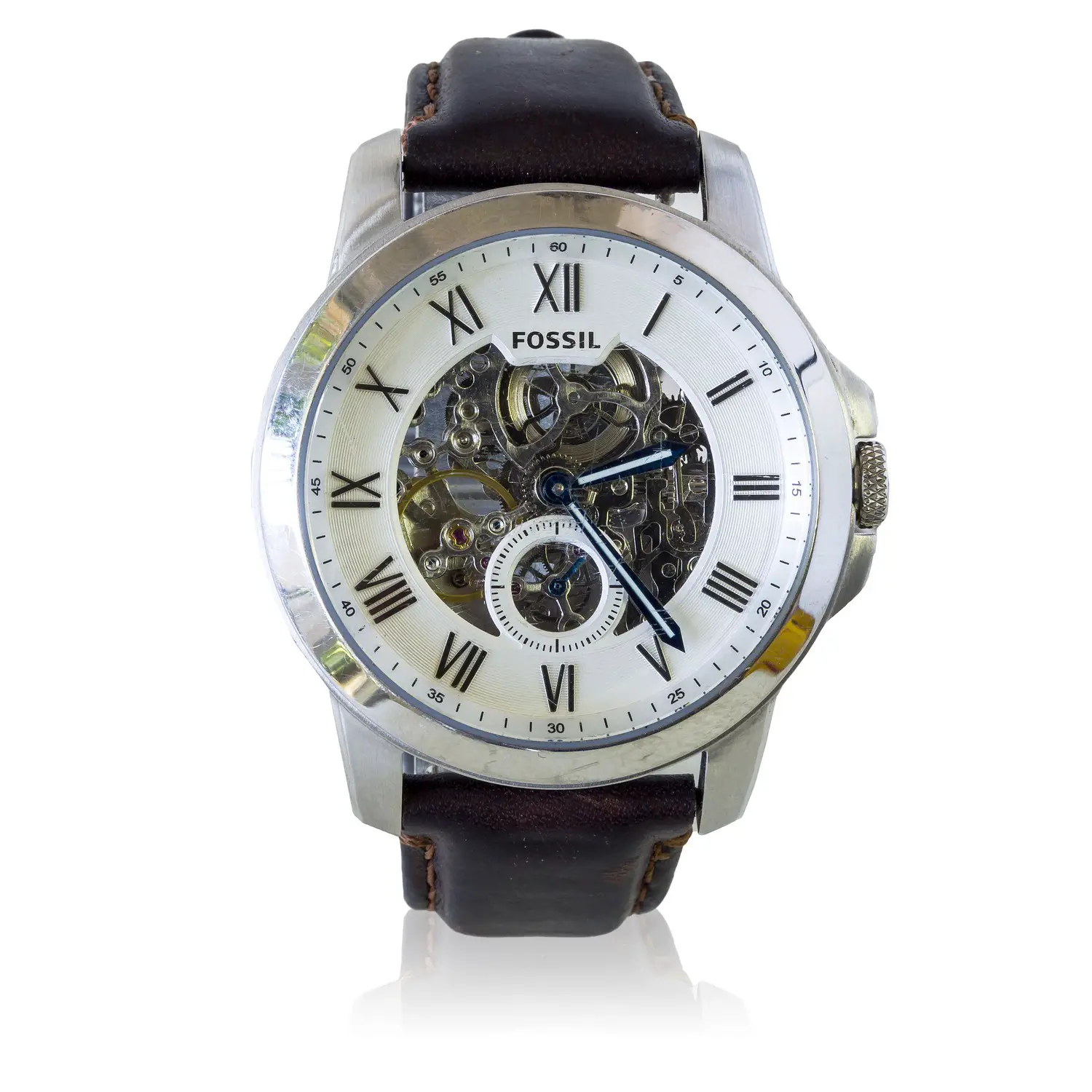Automatic watches are a work of marvel of the modern engineering. Why so? Every device that we use every day, like our smartphones or laptops, uses a battery to power the device. But an automatic watch doesn’t have any battery to power it.
Yet, an automatic watch will never stop running!
Yes, it seems like a magic.
How is it happening? Let’s take a look back into the history!
The History and Working Principle of an Automatic Watch
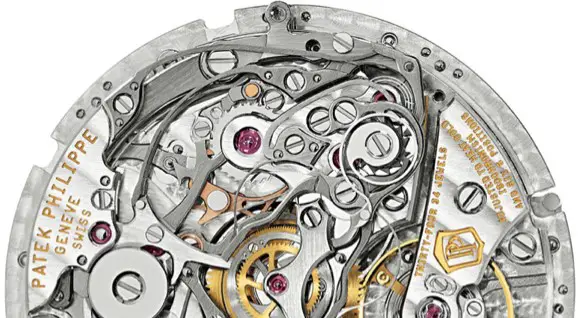
In the 15th century, the first pocket watch emerged and it used the power of a spring to drive the escapement device. This is the origin story of the mechanical movement in the smaller watches. But you’d have to manually wind the spring every now and then to keep the watch moving.
In 1777, a Swiss watchmaker, Abraham-Louis Perrelet invented the self-winding mechanism that used kinetic energy to wind the spring. However, the mechanism was far from a perfection as a pocket watch doesn’t get enough kinetic energy.
Later, the watch manufacturing giant, Rolex perfected the movement and used it in a wristwatch.
Rolex used a rotor in the watch that can move in either direction. As the rotor moves, it winds the spring. As you wear the watch in your wrist, the rotor will move in circular motion all day long. Thus, your watch will have enough static energy stored in the spring to offer the continuous movement.
However, there is an issue!
If you don’t move and keep the watch in a place in a standstill position, it will eventually stop moving. In a typical case, an automatic watch has a reserve power to run for 38 hours.
So, without any movement, your watch will stop running.
That provokes the main question today – how do I stop my automatic watch from stopping?
Stick along as we discover the possible answers.
More: What Is a Deployment Clasp Buckle?
How Do You Keep the Watch Running While Not Wearing?
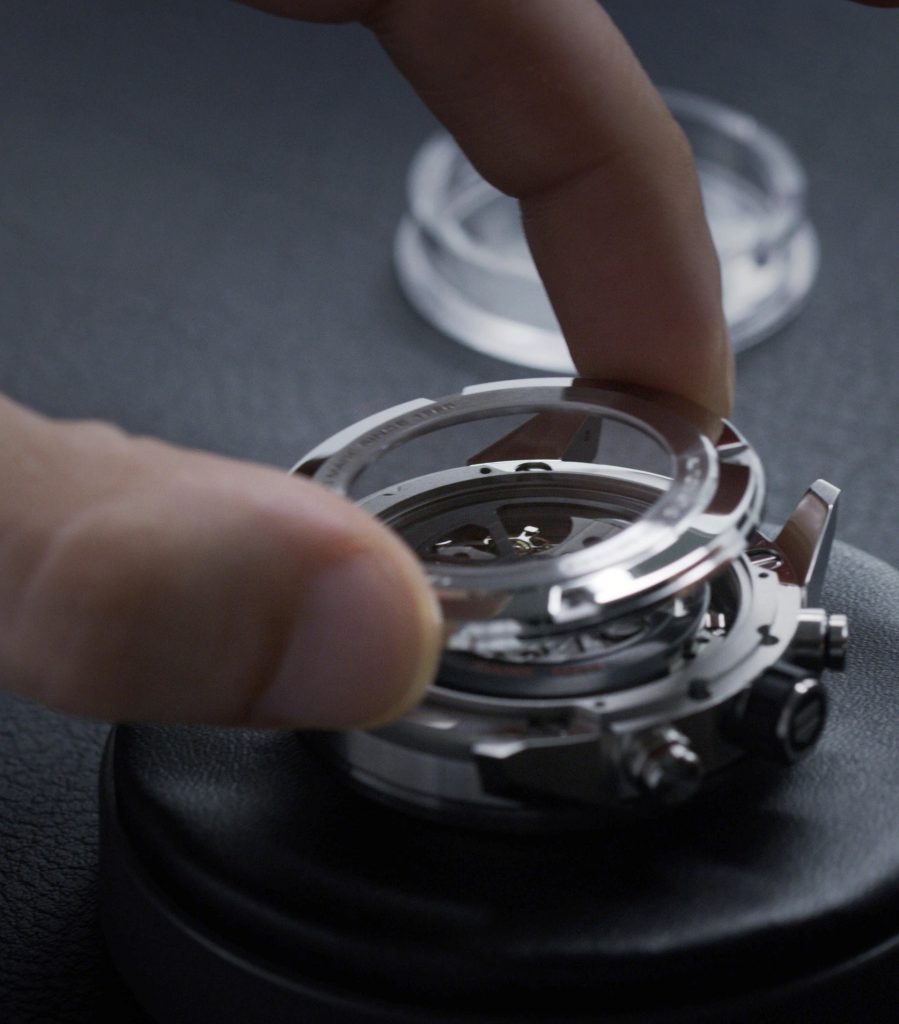
First things first, you can’t have your automatic watch running till the end of time without wearing it.
An automatic watch will stop running after the reserve power runs out!
You can always wind it manually by turning the crown. As you turn the crown, you’re exerting power to the internal winding spring. After about 40 to 50 turns, the spring will receive maximum amount of static energy.
You might think that overwinding the spring might damage it.
No!
This is another advantage of an automatic watch.
Unlike a mechanical movement, the automatic movement has a limit to stop overwinding. If you reach the limit, the crown will stop moving. It has a safety lock.
With a full winding, your watch will work perfectly for the next 38 hours.
Now, let’s assume, you don’t want to manually wind the watch. After all, the whole point of owning an automatic watch is that you don’t have to manually wind it!
More: How to Remove Watch Crystal? The Step-By-Step Guide
You could use a device called watch winder.
It looks like a small tabletop box or a vault. When you place the watch in the device, it will rock the watch gently to move the rotor inside the watch.
This is how you can keep your automatic watch running without wearing it every day. However, a watch winder is an expensive device. So, it’s a letdown.
I would suggest you to use the crown to manually rotate the watch as it’s best possible solution in this case.
Check out this video to learn more.
Should I Keep My Watches Running When I Don’t Wear Them?
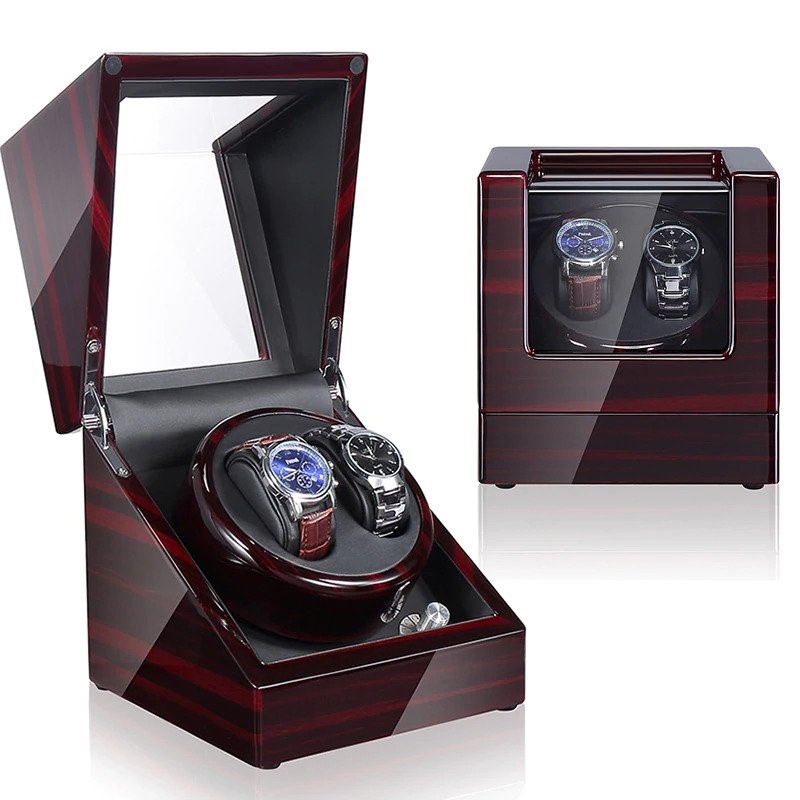
Yes and no!
It’s a bit complicated than it sounds!
One of the common myths revolving around the automatic movement is that it will never stop working.
That’s not true!
An automatic watch is basically a mechanical watch with a rotor. That means, the movement has a huge number of mechanical components like gears, shafts, and other similar objects.
As these mechanical components work, they will wear out eventually. It’s only natural.
So, from this point of view, overusing an automatic watch can cause damage.
Let’s visit the other theory.
To prevent wearing, the manufacturers use lubricants. The lubricants smooth the movement of the gears and protect them against wears.
If you store the watch in a colder environment, the lubricant will become static. Or, the dust might accumulate and clog up the lubricants. In both of the scenarios, the lubricants will prevent the gears from moving regularly.
So, from this perspective, little or no usage will damage the watch.
I would suggest you use your automatic watch in a fairly regular fashion. You shouldn’t push the watch to extreme limit. And, your beautiful watch isn’t meant to sit idly in the closet either.
Think of the automatic movement as your car. If you overuse it, the lifespan will shorten. Also, if you leave the car in the garage for years, it’ll die too.
More: Stauer Watch Review: The Best Budget Swiss Watch Brand?
What Are the Main Reasons That Automatic Watch Stop Working?
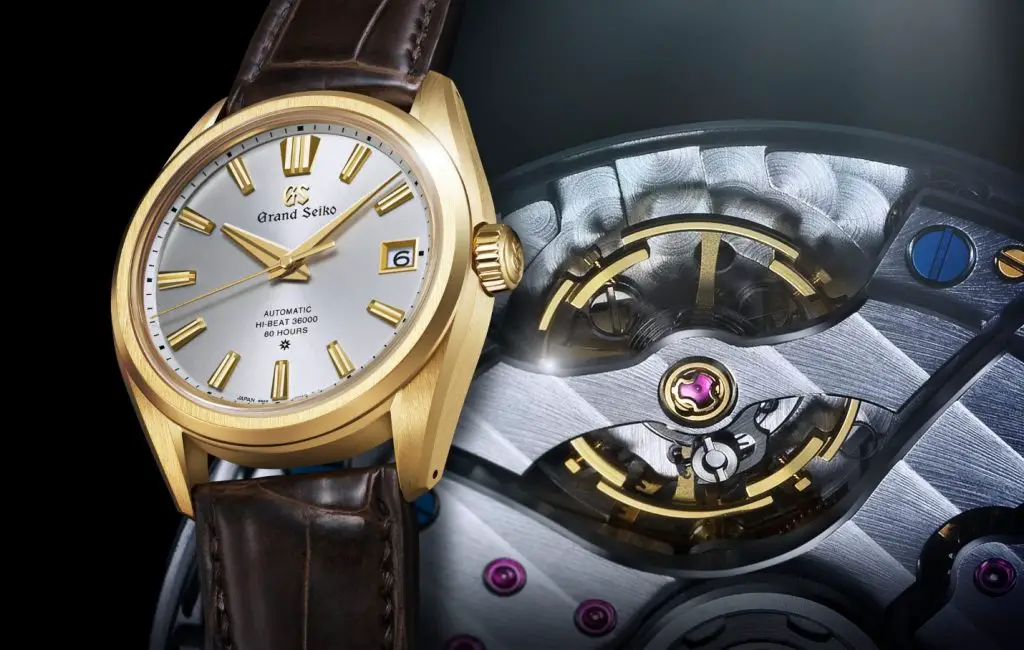
Now, let’s talk about another issue.
What if your automatic watch has stopped working entirely? You’ve moved the rotor and have tried winding it manually. But nothing seems to work!
Is it possible?
Of course!
It’s not an indestructible object. Here are the four most common reasons for your automatic watch to stop completely –
1. Broken Internal Parts
This is the most common cause for an automatic watch to stop. You need to understand that automatic watches have a lot of intricate parts in it. External forces can damage or break the tiny gears or screws easily.
As a result, the internal mechanism would get blocked.
2. Dust Accumulation
I’ve shed light on this issue. Your automatic watch may have been sitting idly in the closet and accumulating dirt and dust.
Dust accumulation can easily clog up the internal mechanism.
More: What Is a Fold-Over Clasp Buckle? How Do You Wear a Fold-Over Clasp Buckle?
3. Damage to the Mainspring
The whole mechanism of a mechanical or an automatic watch is based on the mainspring. When you’re winding the watch, you’re basically exerting tension to this mainspring.
In case of prolonged usage, the mainspring gets damaged.
4. Defective Mechanism
An automatic movement is an intricate device. Not all manufacturers have the ability or the craftsmanship to design and develop a perfect device.
If you’ve bought a cheap automatic watch, there’s huge possibility that you’ve been offered a poorly built or a defective mechanism!
More: Here our guide to The Best Automatic Watches Under $200
Conclusion
In case your precious automatic watch has stopped working completely, don’t panic. A simple visit to the watch-repair shop should do the trick.
I would also suggest you stop googling or searching YouTube for “how to fix watch?”
The mechanism of an automatic watch is very complicated, and you don’t want to destroy it to the point of no return.
I hope, this guide has helped. If you have any further questions regarding the matter, let me know in the comment section below.

